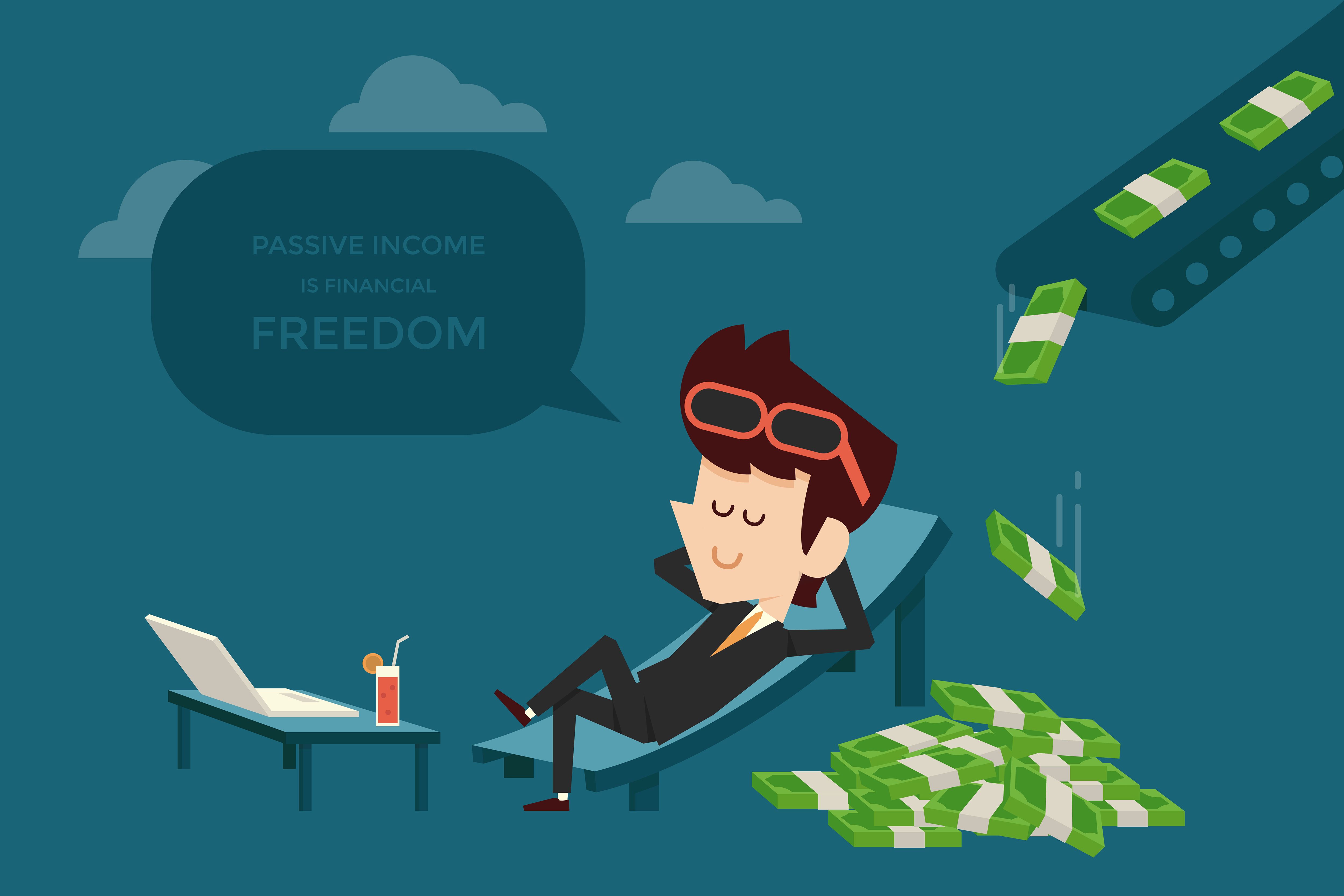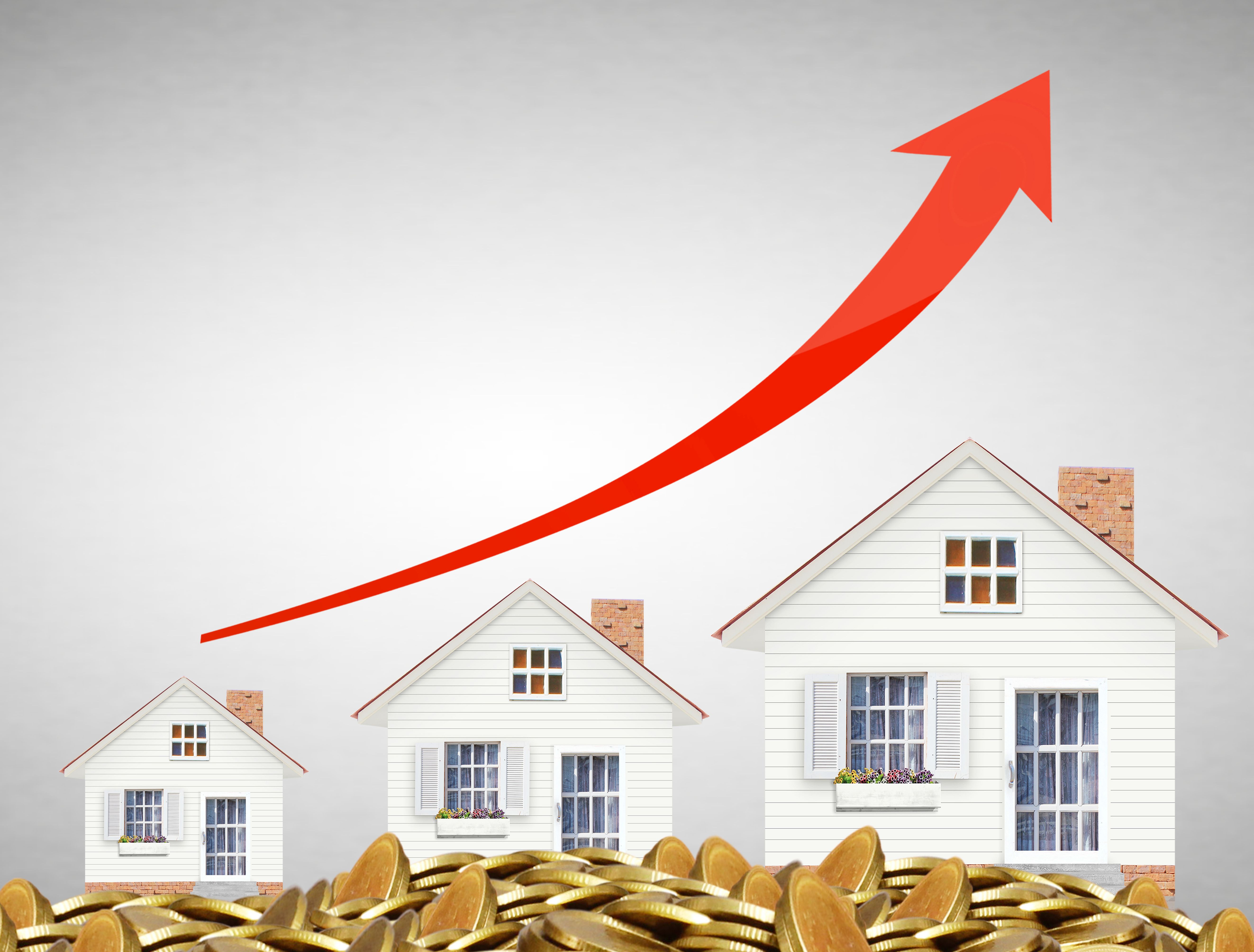I often ask people 'how's life?', and if I had to pick one of the most common answers, it would be "busy". It's almost become a competitive sport, trying to prove you're busier than everybody else you know. Which means, that the last thing anybody wants (well, unless they're REALLY competitive) is to add another thing to their already overflowing plate in the form of becoming a Property Developer.
Then they look at the types of returns you can earn from a profitable property development, and they want a piece of that. So they dip a toe in the water, start learning what's involved and realise the water is really cold, and they don't like cold water. Maybe it's the research, crunching the numbers, or as anybody who's been to one of our Meetups and watched a Real Deal presentation knows, the conveyor belt of problems you need to solve.
So they're stuck on the edge of the pool, knowing they want to jump in because they want to get to what's on the other side, but also knowing they haven't got the time or inclination to learn how to swim and wishing there was a way to just jump in a boat and get across.
What's the solution? I'm glad you asked....
There are actually three types of modes you can choose when developing property - active, passive and semi-passive. The solution is to pick the one that best suits your time commitments, skills and level of interest.
If you fall into the category of someone who wants to reap the benefits of being a Property Developer without doing all the work required, then you most likely fall into the passive category.
Being a Passive Property Developer
Although I'm using the term "Property Developer" here, it would be more accurate to say "Property Investor", as essentially what you're doing falls within that category.

Property Investors generally have a longer-term view of making money from property. The buy and hold strategy is their bread and butter. Some are even willing to make a cashflow loss from a property because they're confident that if they hold it for long enough, the amount of capital growth they can make will outstrip the cashflow losses in the meantime.
Reality is, there are plenty of people who've made a whole lot of money being Property Investors with this strategy. Time makes winners of them all - if you hold on long enough, and bought something reasonable in a reasonable area, the market trends will prevail.
One thing this strategy doesn't take into consideration, though, is what's known as Opportunity Cost. At its most basic, this is the idea that you look at your deal and can show you made $x in 5 years. But what if you'd bought a different property? You might have made double that in 5 years. By investing in the first property, you cost yourself the opportunity of buying the second property which would have made twice as much.
Okay, so none of us have working crystal balls (no matter how much some commentators try to convince you they do!) so knowing that one suburb is going to grow 5% while the one next to it is going to grow 20% isn't always something you can determine in advance.
 BUT it's still possible for you to be strategic in your purchases as a Property Investor, and therefore give yourself a much better chance of being in the suburb with 20% growth! You might not have access to a crystal ball, but by looking at trends and research, you can start to spot areas with the best chance of growing faster than the surrounding areas.
BUT it's still possible for you to be strategic in your purchases as a Property Investor, and therefore give yourself a much better chance of being in the suburb with 20% growth! You might not have access to a crystal ball, but by looking at trends and research, you can start to spot areas with the best chance of growing faster than the surrounding areas.
How does that work? Broken down, capital growth is essentially the result of demand outstripping supply. If there are more people wanting the same thing, then the price goes up. Translate that across to property, and you can see that if you buy your properties in areas experiencing strong population growth, then inevitably demand will go up and so will prices.
And this is where you can move from being a Property Investor into being a Passive Property Developer. Basically, buy your properties in areas displaying the characteristics which encourage growth, because these are the areas where development properties are going to be in high demand sometime down the track.
These areas fall into two main groups: growth nodes and transport corridors. Governments earmark these areas years in advance, so if you really want to benefit in the longer term rather than quickly, then buy in long before the population growth starts, when prices are still really cheap, and maximise the growth potential of your property.
And if you reach the point where you're ready to sell, and you know you have a property that's both developable and profitable and want to maximise your return? Maybe that's the point at which you need to morph into a Semi-Passive Property Developer - which sounds like a great topic for another blog post! Stay tuned....
Then they look at the types of returns you can earn from a profitable property development, and they want a piece of that. So they dip a toe in the water, start learning what's involved and realise the water is really cold, and they don't like cold water. Maybe it's the research, crunching the numbers, or as anybody who's been to one of our Meetups and watched a Real Deal presentation knows, the conveyor belt of problems you need to solve.
So they're stuck on the edge of the pool, knowing they want to jump in because they want to get to what's on the other side, but also knowing they haven't got the time or inclination to learn how to swim and wishing there was a way to just jump in a boat and get across.
What's the solution? I'm glad you asked....
There are actually three types of modes you can choose when developing property - active, passive and semi-passive. The solution is to pick the one that best suits your time commitments, skills and level of interest.
If you fall into the category of someone who wants to reap the benefits of being a Property Developer without doing all the work required, then you most likely fall into the passive category.
Being a Passive Property Developer
Although I'm using the term "Property Developer" here, it would be more accurate to say "Property Investor", as essentially what you're doing falls within that category.
Property Investors generally have a longer-term view of making money from property. The buy and hold strategy is their bread and butter. Some are even willing to make a cashflow loss from a property because they're confident that if they hold it for long enough, the amount of capital growth they can make will outstrip the cashflow losses in the meantime.
Reality is, there are plenty of people who've made a whole lot of money being Property Investors with this strategy. Time makes winners of them all - if you hold on long enough, and bought something reasonable in a reasonable area, the market trends will prevail.
One thing this strategy doesn't take into consideration, though, is what's known as Opportunity Cost. At its most basic, this is the idea that you look at your deal and can show you made $x in 5 years. But what if you'd bought a different property? You might have made double that in 5 years. By investing in the first property, you cost yourself the opportunity of buying the second property which would have made twice as much.
Okay, so none of us have working crystal balls (no matter how much some commentators try to convince you they do!) so knowing that one suburb is going to grow 5% while the one next to it is going to grow 20% isn't always something you can determine in advance.
How does that work? Broken down, capital growth is essentially the result of demand outstripping supply. If there are more people wanting the same thing, then the price goes up. Translate that across to property, and you can see that if you buy your properties in areas experiencing strong population growth, then inevitably demand will go up and so will prices.
And this is where you can move from being a Property Investor into being a Passive Property Developer. Basically, buy your properties in areas displaying the characteristics which encourage growth, because these are the areas where development properties are going to be in high demand sometime down the track.
These areas fall into two main groups: growth nodes and transport corridors. Governments earmark these areas years in advance, so if you really want to benefit in the longer term rather than quickly, then buy in long before the population growth starts, when prices are still really cheap, and maximise the growth potential of your property.
And if you reach the point where you're ready to sell, and you know you have a property that's both developable and profitable and want to maximise your return? Maybe that's the point at which you need to morph into a Semi-Passive Property Developer - which sounds like a great topic for another blog post! Stay tuned....
